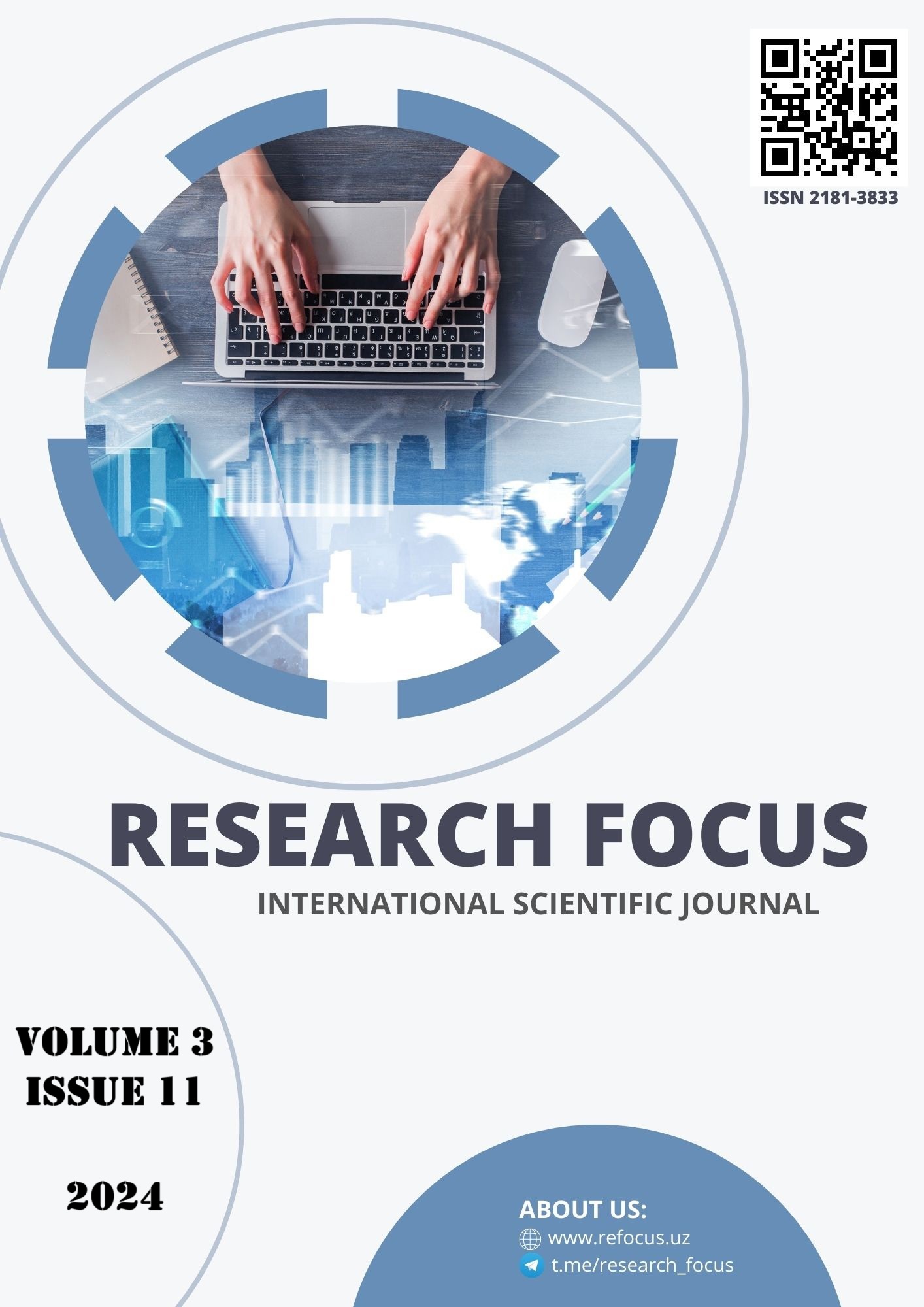PATHOGENETIC MECHANISMS OF DEVELOPMENT OF ADHESIVE PROCESS IN THE PELVIS AFTER GENICOLOGICAL INTERVENTIONS TAKING INTO ACCOUNT THE LEVEL OF MATRIX METAL PROTEINASE AND TUMOR NECROSIS FACTOR
Main Article Content
Abstract
The aim of this study was to evaluate the role of tumor necrosis factor α (TNFα) and matrix metalloproteinases (MMP-2 and MMP-9) in the development of adhesive disease during surgical interventions in gynecology.
Materials and methods. A comprehensive comparative immunological study of TNF-α and matrix metalloproteinases (MMP-2 and MMP-9) was conducted in 60 patients after gynecological operations in order to evaluate their role as predictors in the development of adhesive processes, of which 30 patients had an adhesive process in the small pelvis (N73.6 according to ICD-10; main group) and 30 women without an adhesive process (comparison group). The control group consisted of 20 women belonging to health group I.
Results. The average age of patients in the main group was 31.6±1.9, in the comparison group – 30.7±2.1 (p>0.05). Most women were in active reproductive age – 20 (66.7) and 21 (70.0%), respectively (p>0.05). When studying the somatic history, a statistically significant higher level of comorbidity was established in patients in the main group: extragenital pathology was recorded 1.6 times more often in relation to the comparison group (p=0.001). In 16.2% and 10% (p=0.048) of cases, respectively, combined damage to several organs and systems was observed. It should be noted that statistically significant higher proportion of cardiovascular (arterial hypertension, chronic venous diseases) and endocrine diseases (obesity, hyper- and hypothyroidism) was observed in patients of the main group 2.0 (p=0.038) times more often compared to the comparison group.
Conclusions. An increase in the content of matrix metalloproteinases-2 and 9 was established, which indicates a destructive effect on the extracellular matrix, creating conditions for the development of adhesions due to the growth of fibrous tissue. The range of MMP-2 levels >400 pg/ml and MMP-9 >350 pg/ml in determining the risk of developing adhesive processes after gynecological surgeries was established. A pathogenetic relationship between high TNF-α levels in the development of adhesive process in women who underwent gynecological surgeries was proven, a predictor content in the range of over 45 pg/ml in the development of adhesive disease was established.
Article Details

This work is licensed under a Creative Commons Attribution 4.0 International License.
References
Verkhuletskiy, I. E. Aspects of morphology and classification of the adhesive process of abdominal organs / I. E. Verkhuletskiy // Ukrainian journal of surgery. - 2019. - No. 3. - P. 30 - 33.
Gasparov A. S. Pelvic peritoneal adhesions: etiology, pathogenesis, diagnostics, prevention / A. S. Gasparov, E. D. Dubinskaya. - M.: OOO "Medical Information Agency", 2018. - 168 p.
Klykova E. S. Adhesive pelvic peritonitis: risk factors and features of cesarean section / E. S. Klykova, E. I. Novikov, I. V. Fomina // Youth Innovation Bulletin. - 2019. - Vol. 8, No. 2. - P. 137-139.
Magomedov M.A. Intraoperative prevention of adhesions in the abdominal cavity / M.A. Magomedov, V.S. Abdulgadiev, D.M. Damadaev // Modern problems of science and education. - 2017. - No. 3. - Access mode: https : // science - education . ru / ru / article / view ? id = 26528
Peritoneal pelvic adhesions in women of reproductive age: diagnostics and treatment tactics / A. N. Rybalka, A. N. Sulima, S. S. Anikin, A. A. Alekseev // Tavricheskiy Mediko-Biologicheskiy Vestnik. - 2015. - Vol. 18, No. 1(69). - P. 113-116.
Prevention of adhesions after surgical interventions on the ovaries and fallopian tubes / I. B. Manukhin, A. A. Kolesov, L. K. Bekmurzaeva , E. A. Petrovich. M., 2013. - Access mode: http: // www . petrovax . ru / medication / articles / 117
Puchinskaya M. V. Epithelial- mesenchymal transition in norm and pathology // Archives of Pathology. 2015. No. 1. P. 75–83.
Tikhomirov A.L. Risks of adhesions during surgical interventions in gynecology and their prevention / A. L. Tikhomirov, M. A. Gevorkyan, S. I. Sarsaniya // Problems of reproduction. - 2016. - V. 22, No. 6. -P. 66 - 73.
Consensus recommendations on adhesions (version 2014) for the ESGE Adhesions Research Working Group (European Society for Gynecological Endoscopy): an expert opinion / RL De Wilde, EA Bakkum , H. Brolmann H [et al.] // Arch Gynecol. - 2014. - Vol. 290. - P. 581 - 582.
González Quintero, VH Preventing adhesions in obstetric and gynecologic surgical procedures / VH González Quintero, FE Cruz Pachano // Reviews in Obstetrics and Gynecology. - 2019. - Vol. 2, No. 1. - P. 38 - 45.,
Is patient education about adhesions a requirement in abdominopelvic surgery? / A. Hirschelmann , C.W. Wallwiener , M. Wallwiener [et al.] // Geburtshilfe Frauenheilkd . - 2022. - Vol. 72. - P. 299 - 304.
Lee K., Nelson CM New insights into the regulation of epithelialmesenchymal transition and tissue fibrosis. Int. Rev. Cell Mol. Biol. 2012; 294: 171–221.
Peritoneal adhesions in human and veterinary medicine: from pathogenesis to therapy. A review / A. Rizzo, M. Spedicato , M. Mutinati [et al.] // Immunopharmacol Immunotoxicol . - 2018. - 32, No. 3. - R. 481 - 494.,
Peritoneal response to abdominal surgery: The role of equine abdominal adhesions and current prophylactic strategies / JDM Alonso, ALG Alves, M. Watanabe [et al.] // Vet. Med. Int. - 2014. - Vol. 2017. - P. 1 - 8.
Wiseman, DM Disorders of adhesions or adhesion-related disorder: monolithic entites or part of something bigger - CAPPS? / DM Wiseman // Seminars in Reproductive Medicine. - 2018. - Vol. 26, No. 4. - P. 356 - 368.

